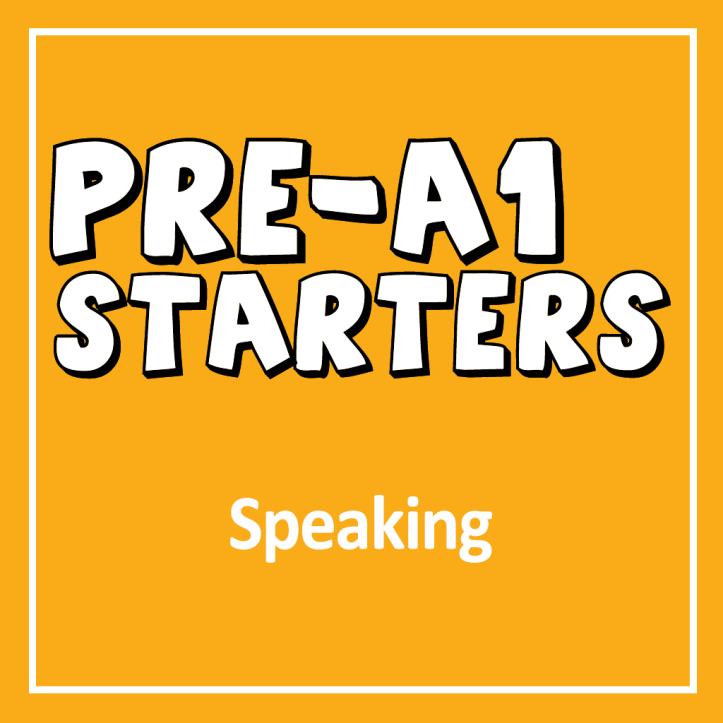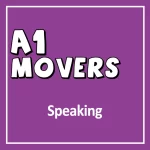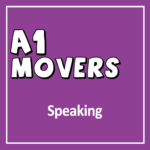Starters Cambridge Speaking Test.It is a very friendly exam, with colorful pictures, cards and they are all activity-based. Free PDF
Starters Cambridge Speaking Test
Starters Cambridge Speaking Test
Cambridge ICT Starters contains three levels: Initial Steps, Next Steps and On Track. It is aimed at learners aged between 5 to 14 years, but schools can choose to start the programme at the point which is most suitable to them and to their learners.
As a suggestion: Initial Steps could be for those aged 5 to 9 years, Next Steps for those aged 10 to 12 years and On Track for 13 to 14 years.
The Pre A1 Starters Speaking Exam has four parts. All parts are carried out by a Speaking Examiner who will be sitting right next to the child.
It is a very friendly exam, with colorful pictures, cards and they are all activity-based. Here is an overview task table:

The Speaking Exam for Pre-A1 learners takes from 3-5 minutes. Children are assessed by their knowledge related to vocabulary, pronunciation, and interaction. They can get a total of 15 marksfor this exam, which grants them up to 5 shields.
For this exam, an usher introduces the child to the examiner, then he/she leaves the room. The children take this exam by themselves. Now, let’s dig into the tasks:
Part 1: Pointing to and Moving Cards
The examiner asks the candidate’s name and greets him/her. This part is unassessed. Then, the examiner starts the test by demonstrating what is required so that the child gets familiar with the picture.
The examiner shows a big and colorful picture and describes it, modeling the first answer by saying and pointing, e.g. “Look. This is a living room. The boy is watching television. Here is the window“, then he/she asks the child to point to two objects on the scene picture, e.g. “Where is the guitar?“, and “Where are the flowers“.
Then, the examiner shows some cards and asks the child to point to one of them, e.g. “Which is the apple?“, after the child provides the card, the examiner gets the card and places it on a specific place, then, he/she asks the candidate to perform a task related to the same card, e.g. “I’m putting the apple, on the chair. Now, you put the apple under the table“. This task is also done with two objects.
This part of the test tests children’s understanding and following spoken instructions. They are not required to answer orally at this point, they only have to point and move the cards.
Part 2: Answer the Questions (about the scene)
As a continuation of the previous task, the examiner will ask about two of the people or things in the scene picture, e.g. “What’s this?” (Answer: banana) “What color is it?” (Answer: yellow). The examiner also asks the child to describe an object from the scene, e.g. “Tell me about this box“.
This part of the test tests children’s understanding and following spoken instructions, but this time the child is expected to respond orally.
Here is a sample of the scene picture:

Part 3: Answer the Questions (about the cards)
As a continuation of the previous task, the examiner will now ask about four object cards, e.g. “What’s this?” (answer: (orange) juice) and “What do you drink for lunch?” (open answer).
This part of the test also tests children’s understanding and following spoken questions. Children have to respond orally.
Here is a sample of the cards:

Part 4: Answer the Questions
At this point, the examiner collects the cards and the big scene picture. Then the examiner asks the candidate some personal questions on topics such as age, family, school, and friends.
This part of the test tests children’s understanding and responding to personal questions. Children have to respond orally.
All downloads are in PDF format





